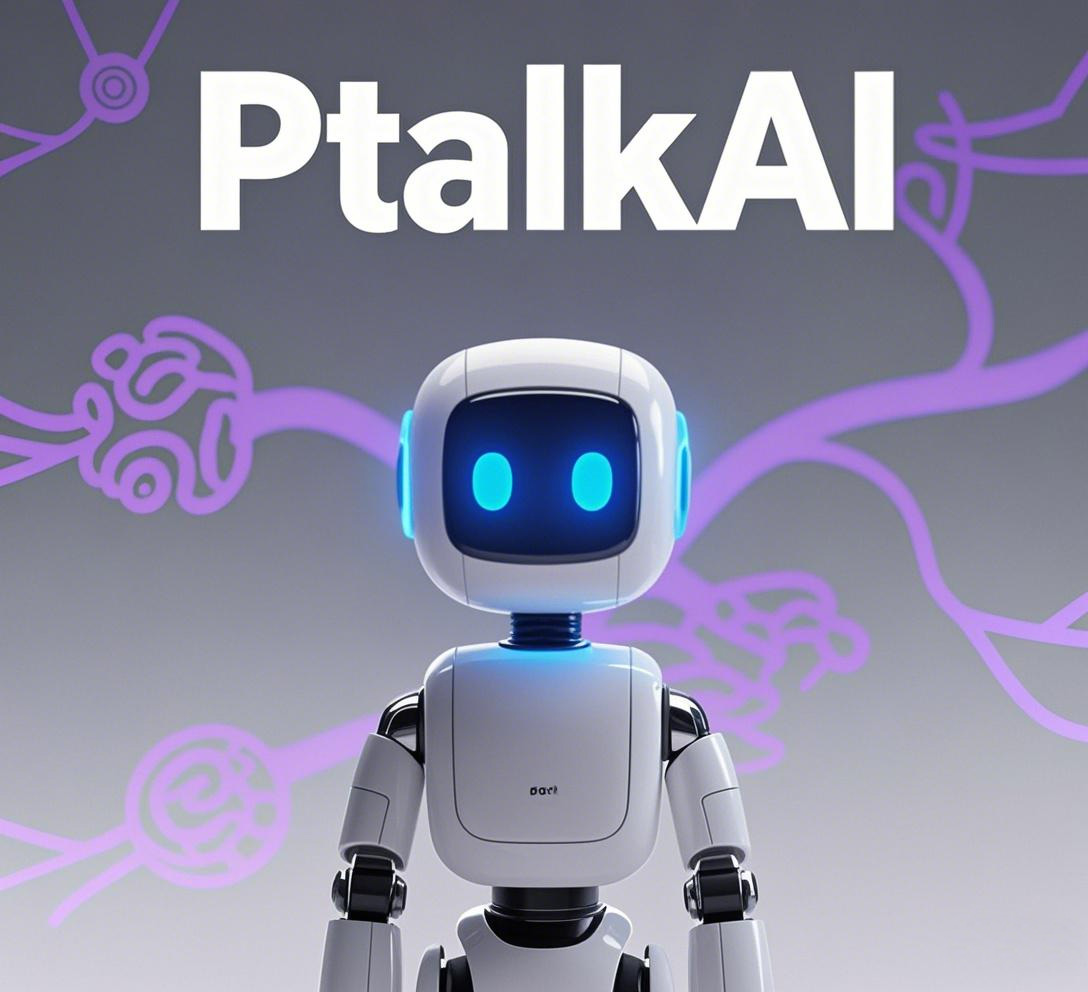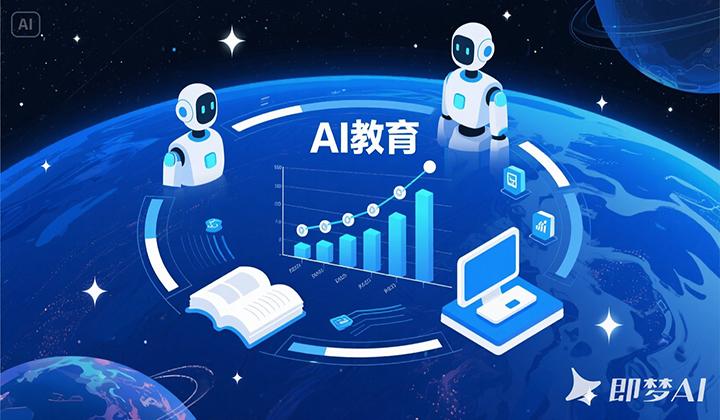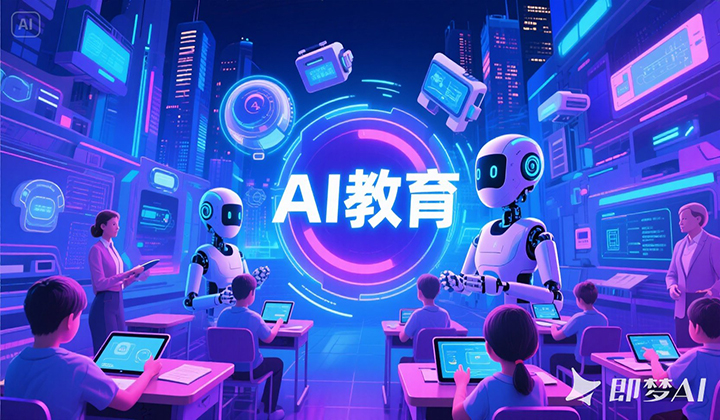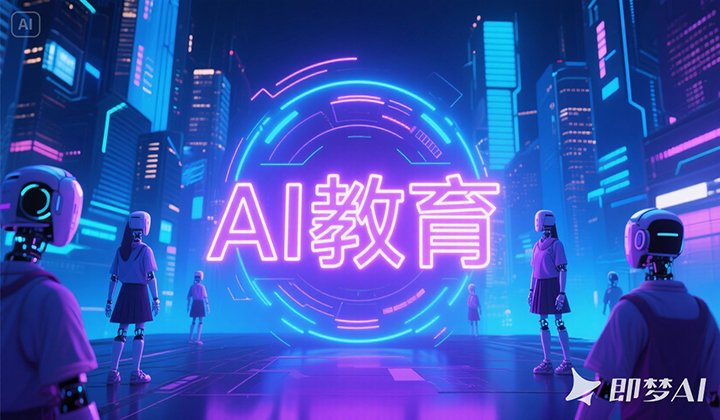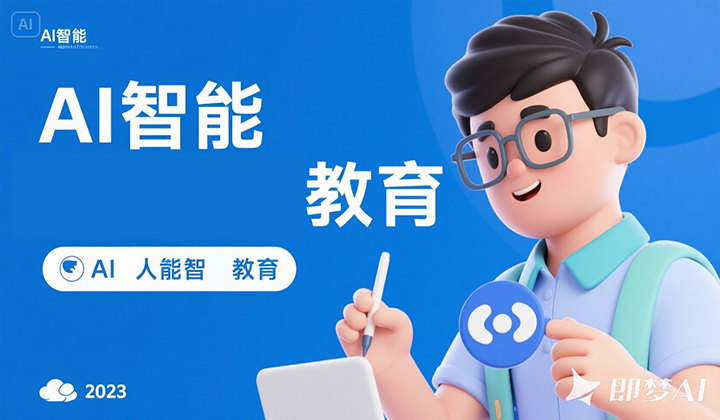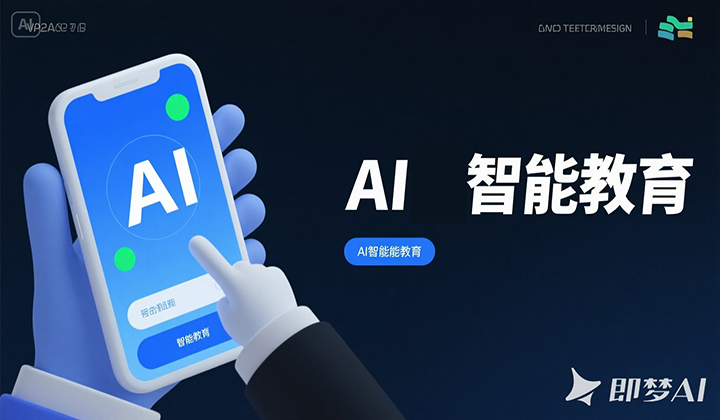Where Are the Ethical Boundaries of AI in Education
Artificial Intelligence (AI) is rapidly transforming the education sector, from personalized learning algorithms to automated grading systems and intelligent tutoring tools. While these advancements bring exciting possibilities, they also raise pressing ethical concerns. As AI becomes more deeply embedded in classrooms, a fundamental question emerges: Where should we draw the ethical boundaries?
1. Data Privacy and Student Surveillance
One of the most immediate concerns is data privacy. AI systems often collect vast amounts of student information — including learning behaviors, biometric data, location tracking, and even emotional responses. While this data can be useful for tailoring instruction, it also poses serious risks if mishandled.
Who owns this data? How securely is it stored? Are parents and students truly aware of what’s being collected? Educational institutions must establish clear policies to protect student privacy, ensure data transparency, and comply with regulations like GDPR and COPPA.
2. Bias and Fairness in Algorithms
AI systems are only as fair as the data and assumptions behind them. If training data reflects historical inequalities — such as racial, gender, or socioeconomic biases — AI tools may unintentionally reinforce those disparities. For example, predictive performance tools might underestimate a student’s potential based on biased data sets.
Educational AI must be designed with fairness in mind, regularly audited for bias, and built with input from diverse stakeholders to ensure equitable learning outcomes for all.
3. The Human Role in Teaching
Another critical boundary is the human touch in education. While AI can personalize content delivery and automate administrative tasks, it cannot replace the empathy, moral guidance, and mentorship that teachers provide.
Overreliance on AI may risk turning education into a mechanical process, diminishing teacher-student relationships and weakening students’ emotional development. Ethical AI use must prioritize supporting educators — not replacing them.
4. Consent and Autonomy
Students, especially younger ones, often have limited say in the technologies used in their classrooms. Ethical AI deployment must include informed consent — not just from institutions, but ideally from students and parents as well. Learners should understand how AI works, what data it uses, and how it affects their learning journey.
Moreover, students should retain autonomy. AI should offer recommendations and support, not rigid decisions that limit creativity, exploration, or alternative learning paths.
5. Commercial Interests vs. Educational Value
Many AI tools in education are developed by private companies driven by profit. This creates a potential conflict of interest: is the goal truly to enhance learning, or to collect data and drive sales?
Educational institutions must critically evaluate the tools they adopt, ensuring that pedagogical value outweighs commercial gain. Transparent partnerships, open-source alternatives, and educator involvement in tool selection are essential to maintaining ethical standards.
Conclusion
AI has the potential to greatly enhance education — but only if used responsibly. The ethical boundaries of AI in education lie where technology starts to threaten privacy, fairness, human connection, or autonomy. By prioritizing transparency, inclusion, and student well-being, educators and developers can ensure that AI remains a powerful tool for learning, not a force that undermines it.






